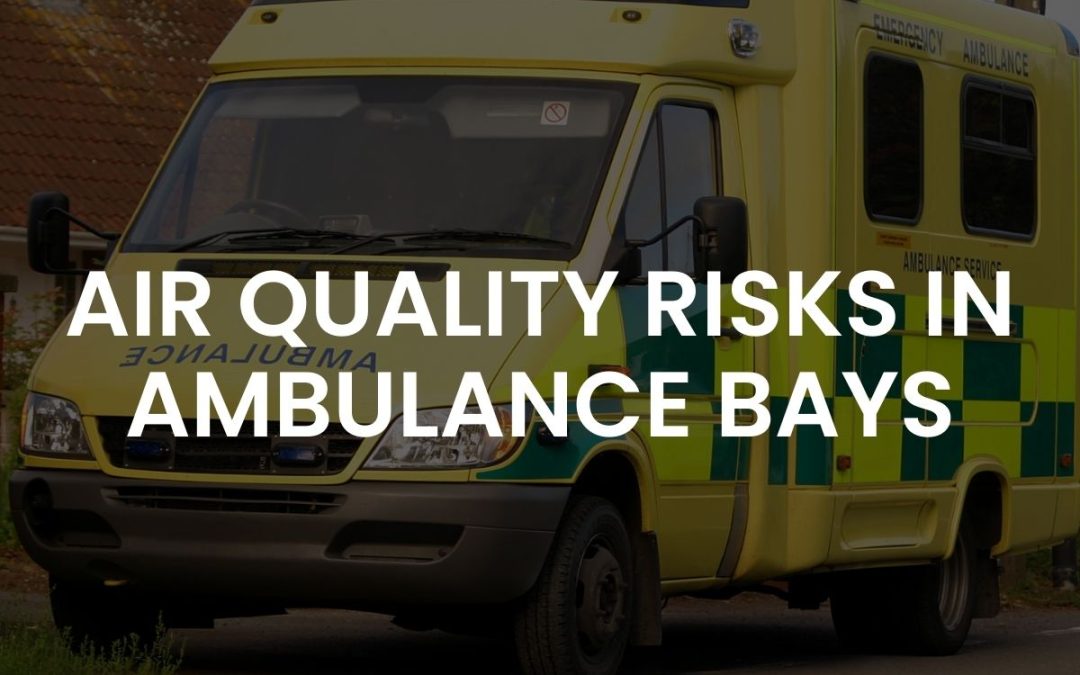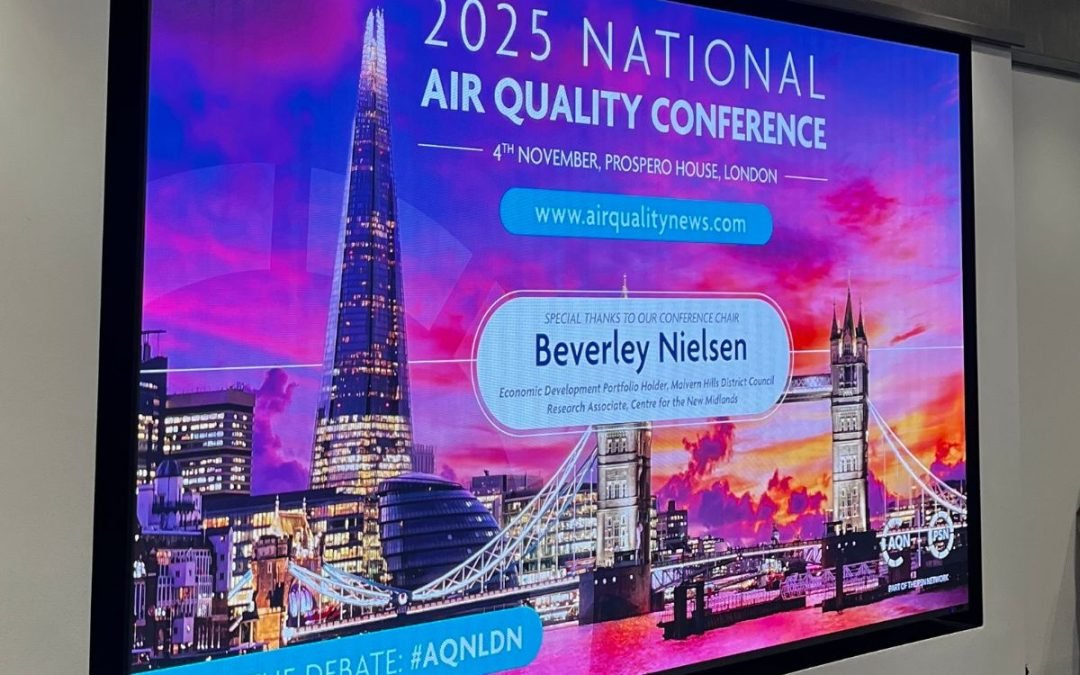Recent research from Belgium has revealed compelling evidence that Low Emission Zones (LEZs) are delivering significant air quality improvements and measurable health benefits for urban populations. These findings offer important insights for cities worldwide looking to implement effective pollution reduction strategies.
Low Emission Zones Reduce Pollution and Improve Health Outcomes
A groundbreaking study published in Environment International has found that Low Emission Zones in Brussels and Antwerp are making a substantial difference to air quality, with benefits extending up to 5km beyond the zones themselves.
The research demonstrated that these LEZs have achieved:
- Approximately 20% reduction in particle pollution and nitrogen dioxide levels
- 23% reduction in fuel use within the zones
- Measurable health benefits, including slower increases in antidiabetic drug use among residents
Perhaps most striking is the connection between improved air quality and public health. Air Quality News reports that the Belgian research shows LEZ implementation has helped delay the onset of diabetes in local populations—creating a direct link between emissions reduction policies and measurable health improvements.
London’s ULEZ
London’s Ultra Low Emission Zone expansion has achieved remarkable success since covering all of Greater London in August 2023, with particulate matter (PM2.5) pollution from car and van exhaust fumes in outer London estimated to be 20 per cent lower than it would have been without the expansion.
The results demonstrate ULEZ’s effectiveness beyond the original central zone:
- Harmful roadside nitrogen dioxide (NO₂) concentrations in outer London were estimated to have been 21 per cent lower than they would have been without ULEZ,
- Vehicle compliance increased to 96.2 per cent of all vehicles, up from 90.9 per cent in June 2023.
- 90,000 fewer non-compliant vehicles detected on an average day in February 2024 compared to June 2023
The health benefits mirror those seen in Belgium, with particularly striking results for children’s respiratory health. In inner London, there was a third fewer children being admitted to hospital with asthma issues once the ULEZ began in that part of London. University of Bath research found that Greater London’s clean air policies delivered an 18.5% reduction in sick leave following LEZ implementation and annual public health savings of over £37 million, driven by fewer respiratory illnesses and reduced job absenteeism.
Perhaps most significantly, modelling suggests the long-term impact will be transformative. By 2050, the Mayor’s air quality policies are predicted to result in almost 300,000 Londoners saved from diseases attributable to air pollution, such as coronary heart disease, lung cancer and dementia, with cost savings to the NHS and social care system of £4.96 billion.
The Global Impact of Transport Emissions
The Belgian findings come at a critical time. Another recent global study by the International Council on Clean Transportation, George Washington University, and University of Colorado Boulder projects that without stronger policies, premature deaths linked to transport pollution will rise from 193,000 in 2023 to 278,000 by 2040.
However, the same research shows that implementing a combination of:
- Advanced emission standards
- Accelerated electric vehicle adoption
- Strategic vehicle replacement programmes
- Clean electricity generation for EVs
Could prevent 1.9 million premature deaths and 1.4 million childhood asthma cases by 2040.
From Data to Action: The Role of Precision Monitoring
The success of low emission zones highlights a crucial point: effective environmental policies require precise, reliable data to target interventions and measure results.
This is where high-precision monitoring solutions become essential. Cities, neighbourhoods and sites need to understand not just that pollution exists, but exactly where it comes from and how interventions are performing in real-time.
At EMSOL, we’ve developed monitoring technology that goes beyond simply collecting data—it provides actionable intelligence to identify pollution sources and drive targeted interventions.
The need for precision monitoring is evident in recent regulatory developments worldwide:
Construction Site Monitoring
Mumbai’s local government has recently mandated real-time air quality monitoring at all construction sites following a High Court order. This approach mirrors successful implementations in the UK, where EMSOL has partnered with local authorities like Croydon to monitor construction emissions and link pollution directly to its source.
Urban Planning and LEZs
As the Belgian studies show, Low Emission Zones can be highly effective when properly implemented and monitored. Local authorities implementing LEZs need reliable data to enforce restrictions and demonstrate results to the public—especially when health benefits may take time to become apparent.
Healthcare Environments
The connection between air quality and health outcomes discussed earlier reinforces the importance of monitoring in healthcare settings. NHS Trusts like Guy’s and St Thomas’ are already working with EMSOL to understand pollution sources around their facilities, as Trust Air Quality Manager Tanja Dalle-Muenchmeyer notes: “EMSOL helps us understand local pollution levels, its sources and identifies targeted actions we can take to improve the situation.”
Implementing Effective Air Quality Management
For organisations and authorities looking to implement effective air quality management, the approach to low emission zones offers valuable lessons:
- Target specific areas with the highest pollution or most vulnerable populations
- Use precision monitoring to establish baseline conditions and track improvements
- Look beyond environmental metrics to measure health and quality-of-life outcomes
- Communicate results transparently to build public support for interventions
By following these principles and implementing comprehensive monitoring solutions, cities can achieve the kind of meaningful improvements in both environmental quality and public health demonstrated in Brussels, Antwerp, and London.
For organisations and authorities serious about improving air quality and protecting public health, the path forward is clear: implement precision monitoring solutions that not only measure pollution but identify its sources and enable targeted action.
Speak with our team of air quality experts about how EMSOL’s precision monitoring and source identification technology can help your organisation implement effective air quality management strategies that deliver measurable environmental and health benefits.





